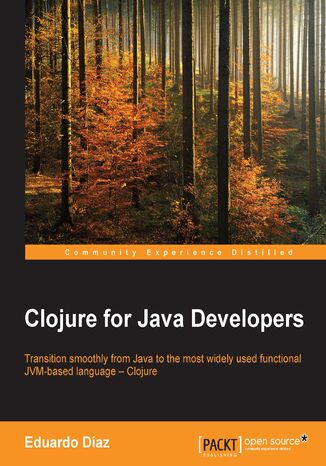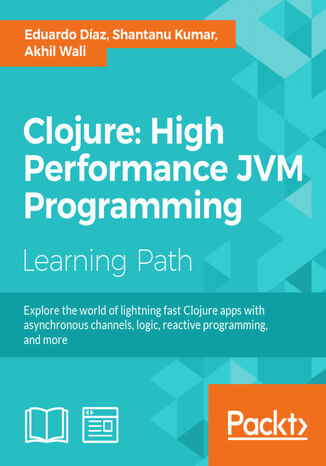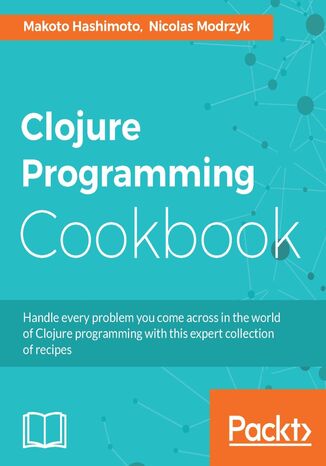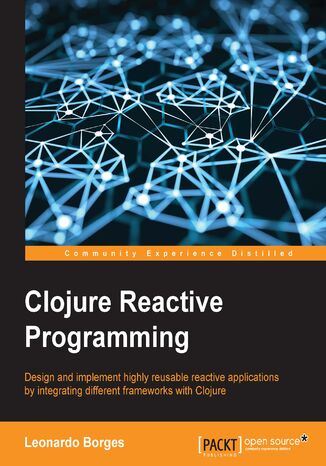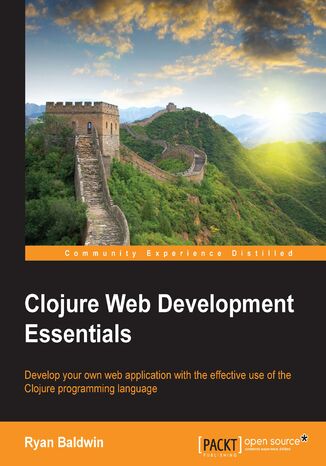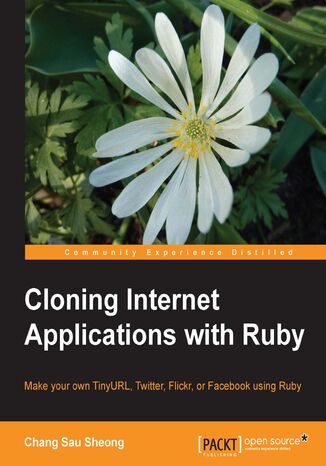Categories
-
- Bitcoin
- Businesswoman
- Coaching
- Controlling
- E-business
- Economy
- Finances
- Stocks and investments
- Personal competence
- Computer in the office
- Communication and negotiation
- Small company
- Marketing
- Motivation
- Multimedia trainings
- Real estate
- Persuasion and NLP
- Taxes
- Social policy
- Guides
- Presentations
- Leadership
- Public Relation
- Reports, analyses
- Secret
- Social Media
- Sales
- Start-up
- Your career
- Management
- Project management
- Human Resources
-
- Architektura i wnętrza
- Health and Safety
- Biznes i Ekonomia
- Home and garden
- E-business
- Ekonomia i finanse
- Esoterecism
- Finances
- Personal finance
- Business
- Photography
- Computer science
- HR & Payroll
- For women
- Computers, Excel
- Accounts
- Culture and literature
- Scientific and academic
- Environmental protection
- Opinion-forming
- Education
- Taxes
- Travelling
- Psychology
- Religion
- Agriculture
- Book and press market
- Transport and Spedition
- Healthand beauty
-
- Office applications
- Data bases
- Bioinformatics
- IT business
- CAD/CAM
- Digital Lifestyle
- DTP
- Electronics
- Digital photography
- Computer graphics
- Games
- Hacking
- Hardware
- IT w ekonomii
- Scientific software package
- School textbooks
- Computer basics
- Programming
- Mobile programming
- Internet servers
- Computer networks
- Start-up
- Operational systems
- Artificial intelligence
- Technology for children
- Webmastering
-
- Antology
- Ballade
- Biographies and autobiographies
- For adults
- Dramas
- Diaries, memoirs, letters
- Epic, epopee
- Essay
- Fantasy and science fiction
- Feuilletons
- Work of fiction
- Humour and satire
- Other
- Classical
- Crime fiction
- Non-fiction
- Fiction
- Mity i legendy
- Nobelists
- Novellas
- Moral
- Okultyzm i magia
- Short stories
- Memoirs
- Travelling
- Narrative poetry
- Poetry
- Politics
- Popular science
- Novel
- Historical novel
- Prose
- Adventure
- Journalism, publicism
- Reportage novels
- Romans i literatura obyczajowa
- Sensational
- Thriller, Horror
- Interviews and memoirs
-
- Archeology
- Bibliotekoznawstwo
- Cinema studies
- Philology
- Polish philology
- Philosophy
- Finanse i bankowość
- Geography
- Economy
- Trade. World economy
- History and archeology
- History of art and architecture
- Cultural studies
- Linguistics
- Literary studies
- Logistics
- Maths
- Medicine
- Humanities
- Pedagogy
- Educational aids
- Popular science
- Other
- Psychology
- Sociology
- Theatre studies
- Theology
- Economic theories and teachings
- Transport i spedycja
- Physical education
- Zarządzanie i marketing
-
- Health and Safety
- History
- Road Code. Driving license
- Law studies
- Healthcare
- General. Compendium of knowledge
- Academic textbooks
- Other
- Construction and local law
- Civil law
- Financial law
- Economic law
- Economic and trade law
- Criminal law
- Criminal law. Criminal offenses. Criminology
- International law
- International law
- Health care law
- Educational law
- Tax law
- Labor and social security law
- Public, constitutional and administrative law
- Family and Guardianship Code
- agricultural law
- Social law, labour law
- European Union law
- Industry
- Agricultural and environmental
- Dictionaries and encyclopedia
- Public procurement
- Management
-
- Africa
- Albums
- Southern America
- North and Central America
- Australia, New Zealand, Oceania
- Austria
- Asia
- Balkans
- Middle East
- Bulgary
- China
- Croatia
- The Czech Republic
- Denmark
- Egipt
- Estonia
- Europe
- France
- Mountains
- Greece
- Spain
- Holand
- Iceland
- Lithuania
- Latvia
- Mapy, Plany miast, Atlasy
- Mini travel guides
- Germany
- Norway
- Active travelling
- Poland
- Portugal
- Other
- Przewodniki po hotelach i restauracjach
- Russia
- Romania
- Slovakia
- Slovenia
- Switzerland
- Sweden
- World
- Turkey
- Ukraine
- Hungary
- Great Britain
- Italy
-
- Philosophy of life
- Kompetencje psychospołeczne
- Interpersonal communication
- Mindfulness
- General
- Persuasion and NLP
- Academic psychology
- Psychology of soul and mind
- Work psychology
- Relacje i związki
- Parenting and children psychology
- Problem solving
- Intellectual growth
- Secret
- Sexapeal
- Seduction
- Appearance and image
- Philosophy of life
-
- Bitcoin
- Businesswoman
- Coaching
- Controlling
- E-business
- Economy
- Finances
- Stocks and investments
- Personal competence
- Communication and negotiation
- Small company
- Marketing
- Motivation
- Real estate
- Persuasion and NLP
- Taxes
- Social policy
- Guides
- Presentations
- Leadership
- Public Relation
- Secret
- Social Media
- Sales
- Start-up
- Your career
- Management
- Project management
- Human Resources
-
- Antology
- Ballade
- Biographies and autobiographies
- For adults
- Dramas
- Diaries, memoirs, letters
- Epic, epopee
- Essay
- Fantasy and science fiction
- Feuilletons
- Work of fiction
- Humour and satire
- Other
- Classical
- Crime fiction
- Non-fiction
- Fiction
- Mity i legendy
- Nobelists
- Novellas
- Moral
- Okultyzm i magia
- Short stories
- Memoirs
- Travelling
- Poetry
- Politics
- Popular science
- Novel
- Historical novel
- Prose
- Adventure
- Journalism, publicism
- Reportage novels
- Romans i literatura obyczajowa
- Sensational
- Thriller, Horror
- Interviews and memoirs
-
- Philosophy of life
- Interpersonal communication
- Mindfulness
- General
- Persuasion and NLP
- Academic psychology
- Psychology of soul and mind
- Work psychology
- Relacje i związki
- Parenting and children psychology
- Problem solving
- Intellectual growth
- Secret
- Sexapeal
- Seduction
- Appearance and image
- Philosophy of life
We have reached a point where machines are not getting much faster, software projects need to be delivered quickly, and high quality in software is more demanding as ever.We need to explore new ways of writing software that helps achieve those goals. Clojure offers a new possibility of writing high quality, multi-core software faster than ever, without having to leave your current platform.Clojure for Java developers aims at unleashing the true potential of the Clojure language to use it in your projects. The book begins with the installation and setup of the Clojure environment before moving on to explore the language in-depth. Get acquainted with its various features such as functional programming, concurrency, etc. with the help of example projects. Additionally, you will also, learn how the tooling works, and how it interacts with the Java environment. By the end of this book, you will have a firm grip on Clojure and its features, and use them effectively to write more robust programs.
Clojure: High Performance JVM Programming. Click here to enter text
Akhil Wali, Shantanu Kumar, Eduardo Díaz
Clojure is a general-purpose language from the Lisp family with an emphasis on functional programming. It has some interesting concepts and features such as immutability, gradual typing, thread-safe concurrency primitives, and macro-based metaprogramming, which makes it a great choice to create modern, performant, and scalable applications.This learning path aims at unleashing the true potential of the Clojure language so you can use it in your projects. It begins with installing and setting up the Clojure environment before moving on to explore the language in depth. You’ll get acquainted with its various features such as functional programming, concurrency, reducers, transducers, core.async and core.logic, and so on with a great level of detail.Moving on, you’ll also learn how to enhance performance using Java interoperability and JVM-specific features from Clojure; you’ll even master language features such as asynchronous channels, actors, logic programming, reactive programming, metaprogramming, and so on.This learning path combines some of the best that Packt has to offer in one complete, curated package. It includes content from the following Packt products:• Clojure for Java Developers by Eduardo Díaz• Clojure High Performance Programming, Second Edition by Shantanu Kumar• Mastering Clojure by Akhil Wali
Clojure Polymorphism. Leverage Clojure's polymorphic tools to develop your applications
Clojure is a modern, dynamic language that you can use to develop robust, multithreaded programs. Clojure Polymorphism is a comprehensive guide that shows you how to use Clojure’s features to your advantage.The book begins by describing examples that show how to define and implement abstractions with plain functions and multimethods. Then you'll analyze these examples and separate the good and bad aspects of their design principles. You'll also learn how to perform data transformation abstraction with a plain function and discover how to write new cross-platform predicates while keeping the core of your abstraction free from reader conditionals. The later chapters explain the considerations to keep in mind when implementing Clojure protocols on the Java Virtual Machine (JVM).By the end of this book, you’ll know how to use the various polymorphic tools of Clojure to your advantage while designing your applications.
Clojure Programming Cookbook. Click here to enter text
Makoto Hashimoto, Nicolas Modrzyk
When it comes to learning and using a new language you need an effective guide to be by your side when things get rough. For Clojure developers, these recipes have everything you need to take on everything this language offers. This book is divided into three high impact sections. The first section gives you an introduction to live programming and best practices. We show you how to interact with your connections by manipulating, transforming, and merging collections. You’ll learn how to work with macros, protocols, multi-methods, and transducers. We’ll also teach you how to work with languages such as Java, and Scala.The next section deals with intermediate-level content and enhances your Clojure skills, here we’ll teach you concurrency programming with Clojure for high performance. We will provide you with advanced best practices, tips on Clojure programming, and show you how to work with Clojure while developing applications.In the final section you will learn how to test, deploy and analyze websocket behavior when your app is deployed in the cloud. Finally, we will take you through DevOps. Developing with Clojure has never been easier with these recipes by your side!
Most users on the Internet have a few favorite Internet web applications that they use often and cannot do without. These popular applications often provide essential services that we need even while we don’t fully understand its features or how they work. Ruby empowers you to develop your own clones of such applications without much ordeal. Learning how these sites work and describing how they can be implemented enables you to move to the next step of customizing them and enabling your own version of these services.This book shows the reader how to clone some of the Internet's most popular applications in Ruby by first identifying their main features, and then showing example Ruby code to replicate this functionality.While we understand that it connects us to our friends and people we want to meet up with, what is the common feature of a social network that makes it a social network? And how do these features work? This book is the answer to all these questions. It will provide a step-by-step explanation on how the application is designed and coded, and then how it is deployed to the Heroku cloud platform. This book’s main purpose is to break up popular Internet services such as TinyURL, Twitter, Flickr, and Facebook to understand what makes it tick. Then using Ruby, the book describes how a minimal set of features for these sites can be modeled, built, and deployed on the Internet.

